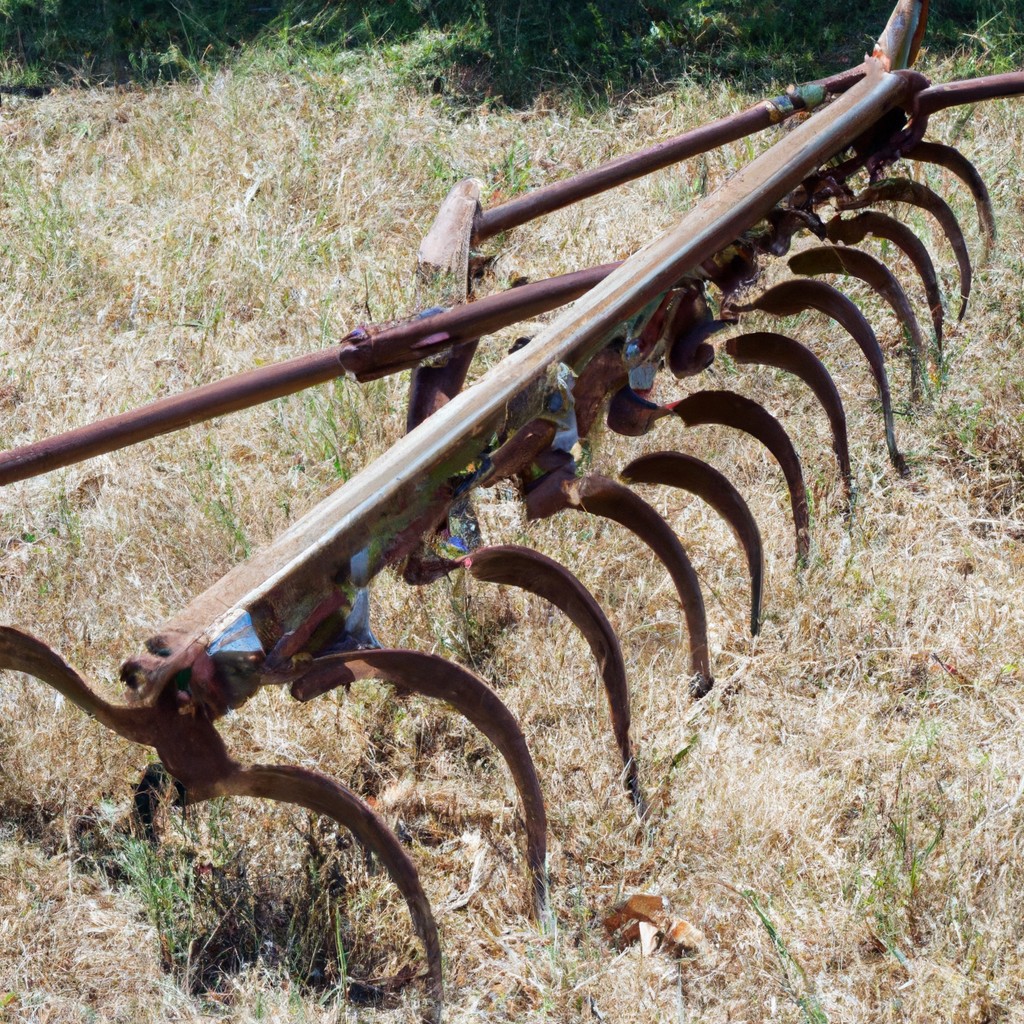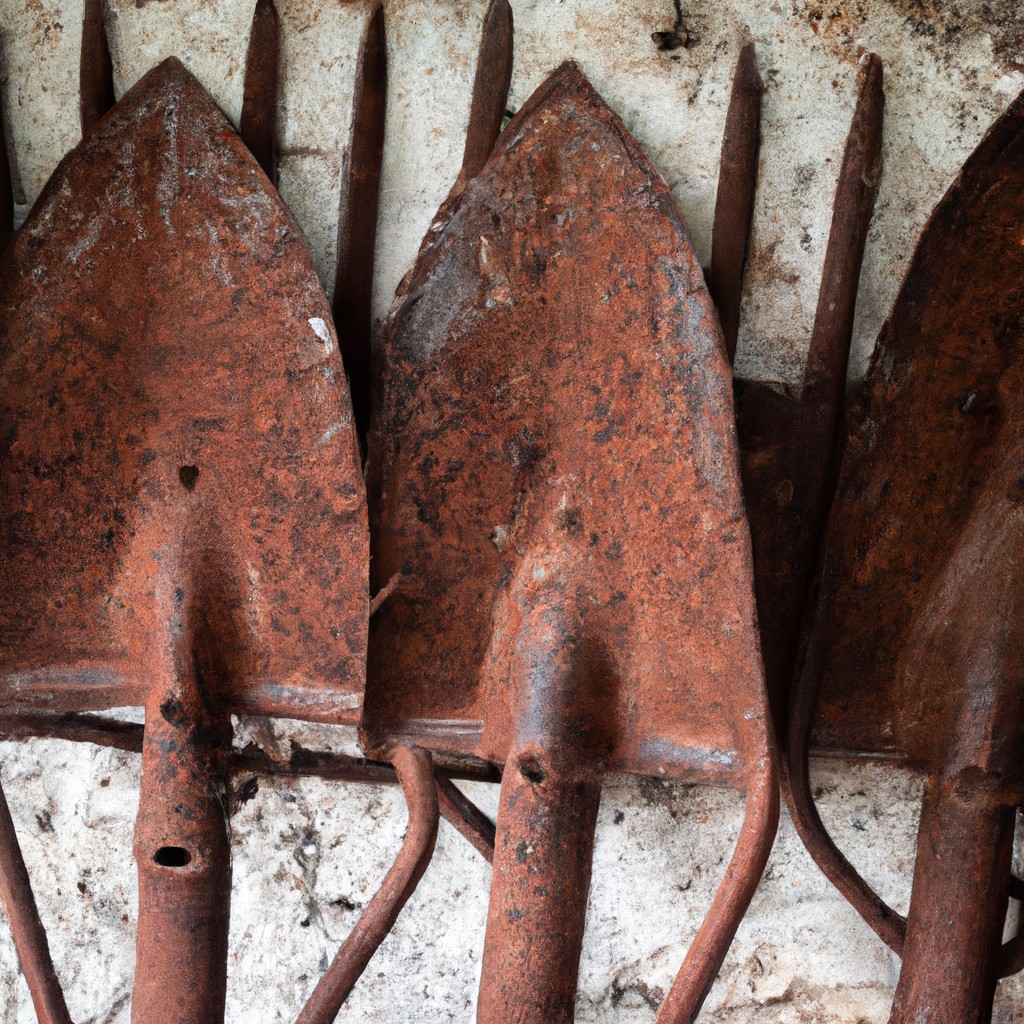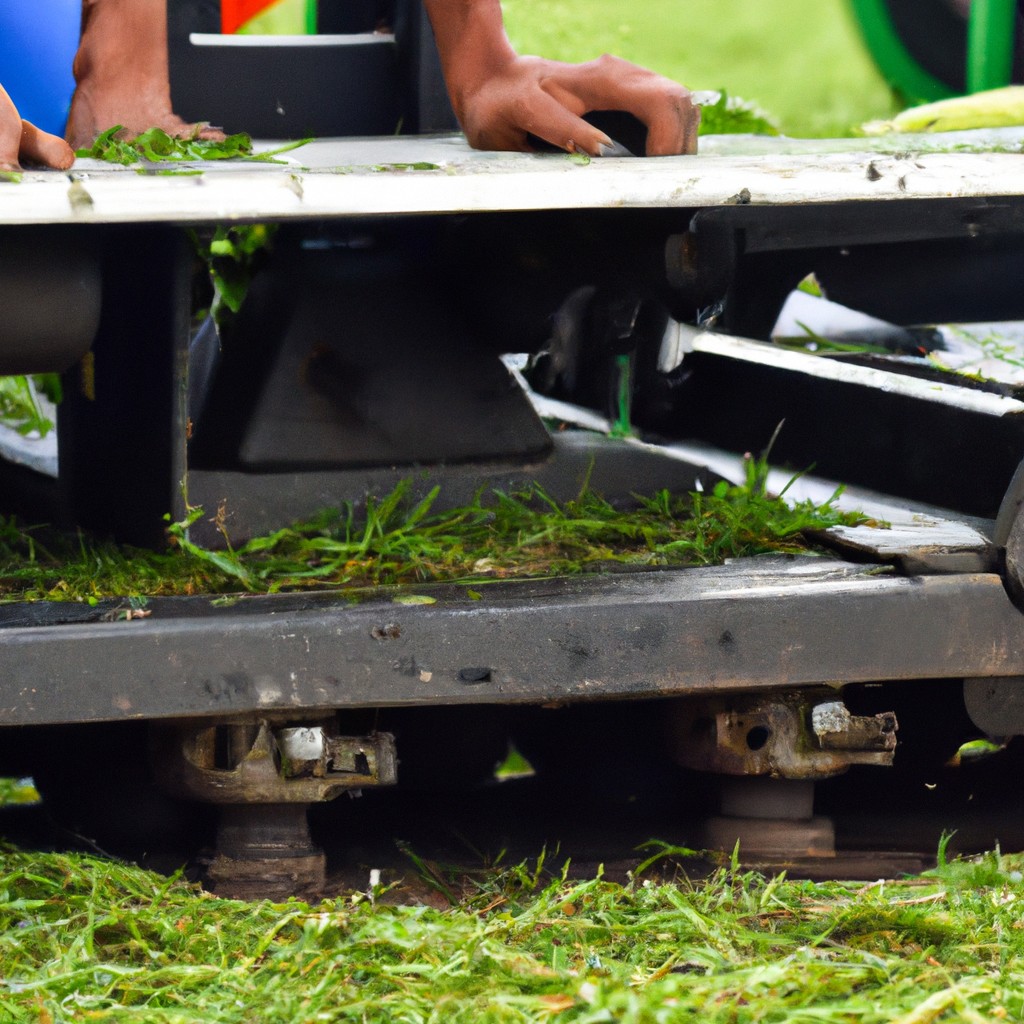Learn how to choose, inspect, and buy reliable used farm equipment while keeping your wallet happy.
Look Inside:
Types of Used Farm Equipment

Tractors are the reliable workhorses of any farm, whether they’re ancient beasts with more character than a Dickens novel or sleek newer models with GPS. Each has its own strengths, so there’s something for everyone.
Harrows and plows. These trusty tools turn the soil and prepare it for planting. Think of them as the spa day your land deserves, exfoliating and rejuvenating before a new crop cycle.
Seed drills. Imagine them as the precise surgeons of farming, planting seeds at the proper depth and spacing to ensure optimum growth. They come in various sizes and ages, suitable for different types of farming operations.
Sprayers. These are like the superheroes of your farm, applying fertilizers, herbicides, and pesticides to keep the crops healthy and the villains (weeds, pests, and diseases) at bay.
Harvesters. Combining cutting, threshing, and separating, these wonderful machines help you bring in the bounty without breaking your back. From combines to cotton pickers, used harvesters come in a range of styles and conditions.
Balers. Picture them as the tidy organizers, turning loose hay or straw into neat, manageable bales. Perfect for storage and transport.
Manure spreaders. These underappreciated heroes handle the dirty work, evenly distributing manure to enrich the soil. It’s not glamorous, but it’s essential.
With so many options, there’s a used piece of equipment for every need and budget.
Key Considerations Before Purchase
Look under the hood—or tractor cab—before sealing the deal. Prioritize checking maintenance records like you’re Sherlock Holmes on a farmyard mystery. Know the machine’s life story: its oil changes, part replacements, and repair history.
Next up: compatibility. Does your farm require a machine fit for the soybean fields, a dairy farm, or a vineyard? Match equipment to tasks. It’s like dating; you wouldn’t bring a shovel to a dance-off, right?
Bear in mind the age of the equipment. Older models might have character but can lack modern efficiency or safety standards. It’s the difference between a flip phone and a smartphone.
Consider future availability of parts. Remember the heartbreak of finding out your favorite cereal is discontinued? Same pain if you can’t get a crucial part for your newly acquired tractor.
Finally, think budget. Used doesn’t always mean cheap. Factor in possible repairs and maintenance down the line. Your wallet will thank you now and later.
Inspecting Equipment Condition
Kicking tires may be okay if you’re buying a used car, but when it comes to farm equipment, a more thorough inspection is needed. First, check the engine. If it sounds like a coffee grinder, it’s probably best to keep looking. Ensure fluids are clean and at proper levels; if you see sludge, run.
Next, examine hydraulics and hoses for any leaks or wear. Hydraulic systems with the fluid dynamics of a leaky faucet spell trouble. Tires and tracks deserve attention too. Are they more bald than a vinyl record? That could cost you later.
Test the electrical systems. Flick the switches, honk the horn. Make sure lights and controls aren’t just for show. Don’t skip out on operational testing. Drive it, lift things, spin parts. If it moves like an arthritic sloth, reconsider.
Oh, and don’t forget the service history. If its past reads like an action movie script full of accidents and repairs, best to say ‘next’.
By the end of this inspection, you should know if you’ve found a workhorse or a dud.
Comparing Prices
When comparing prices for used farm equipment, think of it like a treasure hunt. You want the gold without the fool’s gold, right? Here are some handy pointers:
First, do some good old-fashioned research. Check multiple sources – auction sites, local dealerships, and even online marketplaces. Don’t put all your eggs in one basket.
Next, compare the age and hours of usage. A ten-year-old tractor with low hours might be a better deal than a five-year-old one that’s been worked to death. Low miles, but not low spirits, you know?
Also, factor in any recent repairs or upgrades. If a piece of equipment has had a new engine or major parts replaced, that might justify a higher price. Think of it as giving the old girl a new lease on life.
Remember to consider the season. Prices can fluctuate depending on the time of year. Buying a combine right after harvest might save you a pretty penny.
Lastly, don’t forget hidden costs like transportation and possible repairs. A cheap deal can get expensive fast if you’re not careful. Happy hunting!
Trusted Sources for Used Equipment
Reputable dealerships often have a treasure trove of used farm equipment. They’re like the reliable friend who always picks you up at 3 a.m. Because these guys usually inspect and refurbish equipment, ensuring quality. Plus, they often offer warranties.
Online marketplaces can also be gold mines, just keep a keen eye out for scammers. Think eBay, Craigslist, and specialized sites like TractorHouse. Vet the seller thoroughly; you wouldn’t buy a pig in a poke, right?
Auctions are another great source. Both local and online auctions could land you some fantastic deals. Just make sure to set a budget. Bidding wars are real and can turn you into a cash-spending tornado.
Networking with fellow farmers can also yield gems. Talk to neighbors or join farming groups—someone’s always upgrading. You might find a gently-used piece that’s perfect for your needs.
Farm equipment rental companies sometimes sell off older inventory. They know maintenance schedules like they know their morning coffee routine, so it’s often well-maintained.
Happy hunting! Or should that be *harvest*?




